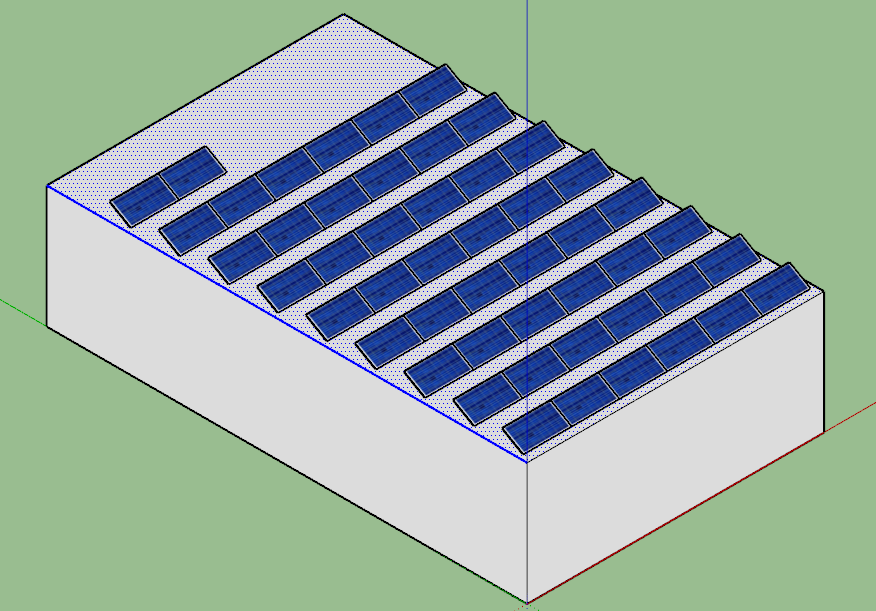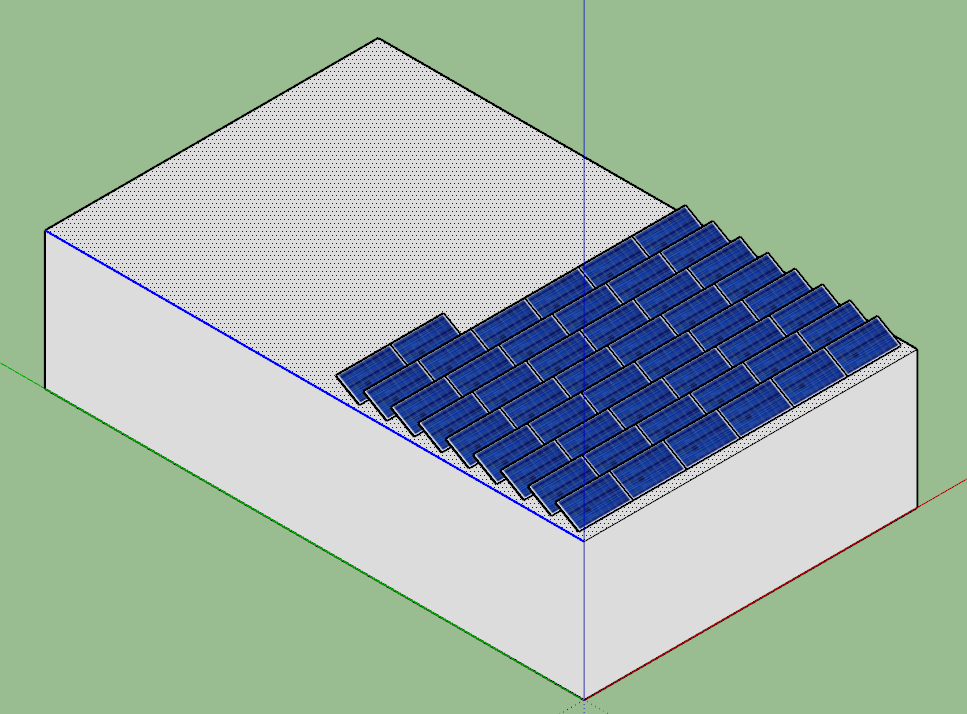Designing a Solar PV Panel layout is relatively straightforward, especially on a small to medium scale. However, there are a few important factors to consider when setting your panels up which drastically affect power generation.
These are broadly divided into two factors:
- Shading
In this article, we will go over the shading of the Solar PV Panels.
Shading:
Ideally, the installed Solar PV Panels should not have any shadows fall on them at any time throughout the year to ensure maximum power generation. However, this is near impossible after factoring in practical considerations. There are objects and structures around the panels that obscure them from the sun at various times throughout the day and year.
While designing a Solar PV Panel layout, this should be given due consideration and factored in when estimating total power generation.
Shadows projected on to the panel are broadly divided into two types, ones that are generated by external objects and structures and ones generated by the panels themselves.
Solar PV Panel Shading (Pitch):
When Solar Panels are arranged in rows, the shadows from one row of the panels can fall on the row behind and cause shading losses. The distance between each consecutive row of panels is known as the ‘Pitch’. The Pitch is the sole metric that decides this type of shading losses for a particular orientation of the panels.
Ideally, the panels should always be laid out with a Pitch sufficient enough to avoid shadows throughout the year. However, this might mean that a lesser capacity (kW) of Solar PV Panels can be installed.


As we can see from the above layouts, changing the pitch from 2 meters to 1 meter increases the shading losses by nearly 4%, however, the area required to install the panels is approximately halved.
External Shading:
External Objects such as adjacent buildings, structures on the roof such as an overhead water tank, trees, etc. can cast a shadow on the Solar PV Panels which lead to shading losses. Thus, it is important to consider the surroundings when designing a layout. It is not advisable to place panels in areas which are shaded from sunlight for most of the day.

Adding a larger building to the East of the layout with a 2-meter pitch shown earlier increases the shading losses by nearly 6.75%.
Thus, we can see that the shading caused by external objects and structures leads to significant losses in total electricity generation.
Considering the surroundings and modelling objects that could potentially project shade on to the panels is extremely important in accurately estimating the total power generation from a Solar PV Plant. While designing a layout, it is important to minimise shading to ensure maximum power generation per Solar PV Panel installed.